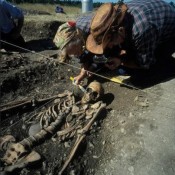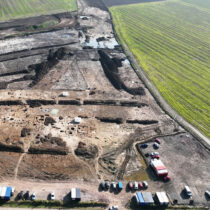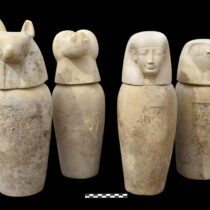An interdisciplinary team of scientists at NTU has found that rapid sea-level rise drove early settlers in Southeast Asia to migrate during the prehistoric period, increasing the genetic diversity of the region today.
The Malay Peninsula and the islands of Sumatra, Borneo, and Java were originally part of a large landmass of rainforests and coastal mangroves in the South Asia continental shelf known as ‘The Sundaland’ some 26,000 years ago (Figure a).
But during the last major period of global warming in Earth’s history, from the Last Glacial Maximum period (approximately 26,000 – 20,000 years ago) to the mid-50 Holocene (approximately 6,000 years ago), sea level rose 130 metres. The rise in sea level flooded and submerged half of The Sundaland, breaking land bridges and splitting the large landmass into smaller islands of the region today.
To understand the impact on humans living in The Sundaland during one of the most dramatic sea-level rises in the Earth’s history, the team of NTU Singapore scientists reconstructed the history of the landmass using two different approaches: paleogeography – the study of historical physical landscapes, and population genetics.





